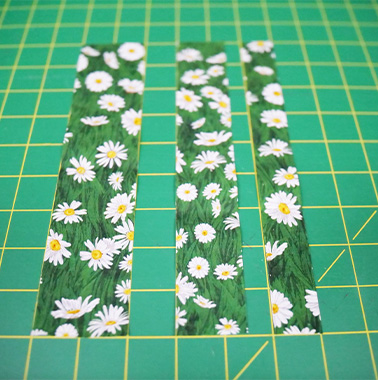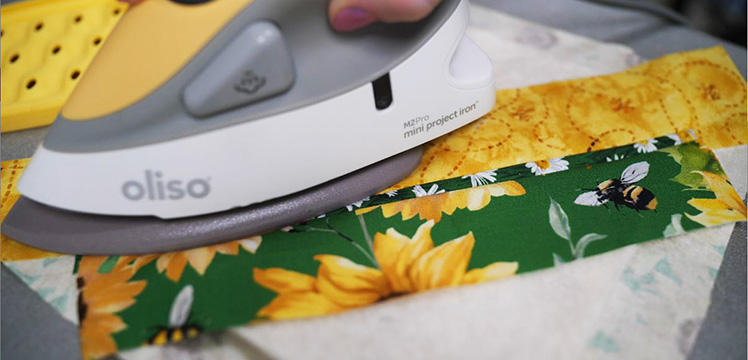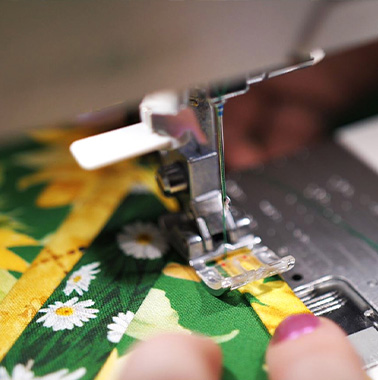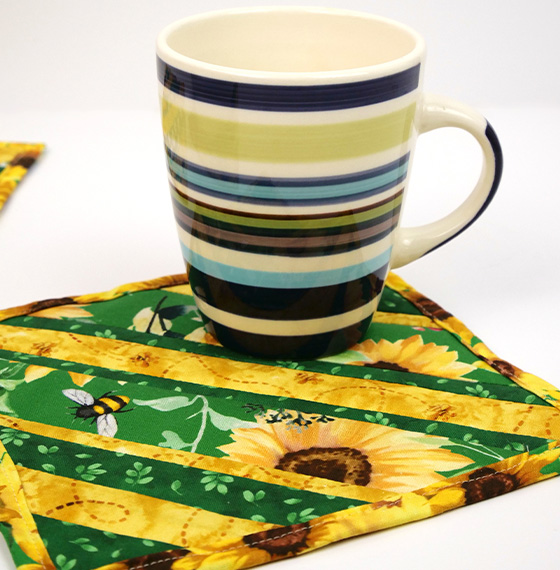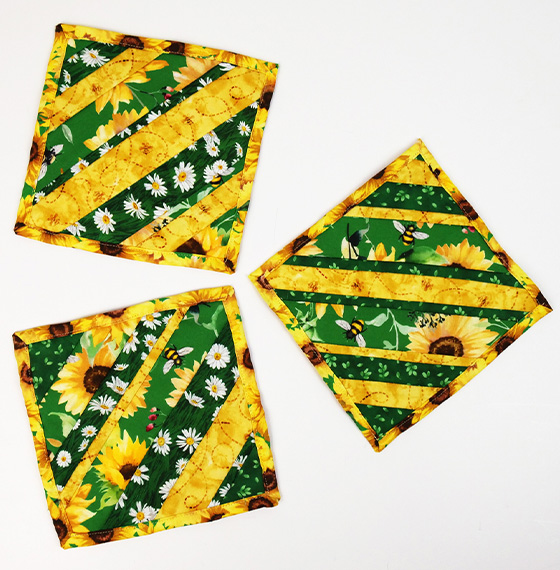Quilted Potholder



In this project learn how to make a Quilted Potholder! The Quilted Potholder can be used to hold pots, cups, bowls and more. Choose your favourite coordinating craft cotton strips of different widths for a beautiful look.
*Please share your creations on Facebook & Instagram. Tag Fabricland at @fabricland.canada or use the hashtag #fabriclandlove
